What About Fluoride in Natural Toothpaste?
Fluoride is supposed to prevent tooth decay and cavities and help us have strong bones. But for decades, there was debate about whether fluoride is healthy and effective as an additive to drinking water and toothpaste.
I have long been against fluoride in drinking water. The Harvard School of Public Health reported that fluoride “adversely affect[s] cognitive development in children,” causing as much as a 7-point lower IQ. There is also persistent concern that fluoride can cause reproductive damage in high enough doses. Most recently, a federal court in California passed a ruling against the EPA, highlighting concerns about fluoride levels in drinking water.
If you’re worried that skipping fluoride means inviting a mouth of rotten teeth, there is evidence that vitamin D may help prevent cavities.
For these and other reasons, I recommend filtering fluoride out of drinking water–but if you have a cavity-prone child like I do, you might decide to use a natural toothpaste with fluoride.
Is Hydroxyapatite a Safe Alternative to Fluoride?
Hydroxyapatite, a naturally occurring mineral and the main component of tooth enamel, has gained recognition for its role in oral care products, including toothpaste. As an ingredient in toothpaste, hydroxyapatite has shown promise in remineralizing tooth enamel. Its ability to form a protective layer on the tooth surface helps repair microscopic enamel damage, contributing to improved overall oral health.
What (Else) Is Wrong with Natural Toothpaste?
For most people, I recommend choosing fluoride-free toothpaste. And yet toothpaste has to be more than fluoride-free in order to be safe.
Unfortunately, many “natural” toothpaste contain concerning ingredients similar to what’s found in conventional toothpastes, such as:
- Surfactants, usually coconut-derived substitutes for sodium lauryl sulfate (SLS), are popular ingredients in many “SLS-free” toothpastes. I’m concerned about some of these SLS alternatives in natural toothpaste because of the delicate and absorbent lining of the mouth. Examples of these kinds of surfactants are sodium coco-sulfate, sodium cocoyl glutamate, potassium cocoate, sodium lauroyl sarcosinate, and sodium methyl cocoyl taurate. It’s confusing, though, because when you look at each of these SLS substitutes one by one, some really do appear to be benign. For instance, sodium cocoyl glutamate and potassium cocoate each gets only a 1 from EWG, and they seem like a great substitute for SLS/SLES. Sodium lauroyl sarcosinate, on the other hand, gets as high as a 5 from EWG, so I recommend avoiding toothpastes that contain it. It may, however, be okay as a foaming agent in products that you do not put in your mouth–such as shampoo.
- Preservatives will show up in paraben-free toothpastes, and they still worry me. Sodium benzoate is suspected to cause damage to mitochondrial DNA, and is a persistently controversial ingredient. More research (especially long-term studies) is needed, but for now, this ingredient knocks brands out of our Best Stuff category, though they may still be Good Stuff. Potassium sorbate and sorbic acid have raised concerns due to mild allergic reactions in some users, but you will find these in brands we call Best Stuff.
- Carrageenan, derived from seaweed, is a common thickening agent in toothpaste. Animal studies suggest that it leads to intestinal inflammation and colon tumors. It’s probably fine in toothpaste for adults, but I’d avoid it in products used by swallowing-prone kids.
Natural Toothpaste Ingredients I'm NOT Worried About
There are several controversial ingredients that I’m not so worried about in natural toothpastes. These include:
- Glycerin. There’s a small but heated debate about whether glycerin, a very common ingredient in both conventional and natural toothpastes, is healthy for teeth. Some people claim that glycerin in toothpaste coats the teeth, blocking their ability to re-mineralize (or repair themselves with minerals from our saliva). It’s true that re-mineralization is crucial to the health of our teeth. It’s not clear, however, that glycerin-based toothpastes seriously interfere with this process. Honestly, I’m on the fence about this, so I’m giving the Okay Stuff label to otherwise safe toothpastes that are glycerin-based. (See Good Stuff for glycerin-free toothpastes).
- Clays are a potentially problematic ingredient in natural toothpaste because they can contain trace amounts of lead. After lots of research and digging into the independent testing of the bentonite clay used in Earthpaste, I’m convinced that it’s safe. The amount of lead in clay is much less than the naturally occurring amounts found in food like spinach or sweet potatoes. Also, the lead in clay doesn’t seem to be bio-available (meaning your body won’t absorb it even when it is present). Even better, there is compelling evidence that bentonite clay might actually RID the body of lead. You should always do your own research, but this is where ours has lead me, and I feel confident calling Earthpaste Good Stuff.
- Sugar alcohols like xylitol, sorbitol and erythritol are used in toothpastes for sweetness and anti-cavity benefits. When consumed in high enough amounts (usually as sugar replacements in food and beverages), they can cause digestive upset in some people. As a result, many parents ask me for recommendations of xylitol free toothpaste. Ultimately, I think this is more or less unnecessary. I don’t think they’re harmful in the small amounts found in toothpaste, and I like that xylitol and erythritol have anti-cavity benefits. The bottom line here is that there’s no need to go out of your way to choose a non toxic kids toothpaste without xylitol or sorbitol. (If you’re concerned about sugar alcohols, Earthpaste’s peppermint flavor is xylitol free, as are Tooth Soap’s products.)
- Essential oils are used in some natural toothpastes in place of artificial or natural flavors, and sometimes for added anti-cavity/pro-mouth benefits. Some people don’t like the idea of using essential oils in ingestible products, and some people have sensitivities to specific oils. I think that high-quality essential oils like the ones in the Good Stuff are safe in the amounts found in toothpaste, but if you want to avoid them, check out Poofy Organic’s toddler tooth gel, Jack n’ Jill’s toothpastes, and some of the Tooth Soap products (all Best or Good Stuff). Limonene, in particular, is found in various cosmetics, many of which are natural and organic. EWG considers limonene a definite skin and respiratory irritant, with potential carcinogenic properties. But there are different forms of limonene, and some research suggests that it has antioxidant and anti-cancer properties. Confusing? Yes. Deadly in toothpaste? Probably not, especially if you’re not guzzling it by the tube.
What Is the Best Non Toxic Baby Toothpaste?
Many kids’ toothpastes are officially for ages two and up. So what about younger toddlers and babies?
Teaching little ones to brush and getting them used to the tickling sensation of bristles is definitely important, but all you really need to use is water plus a soft-bristled brush or silicone toothbrush beginning with their earliest teeth.
You can hold off on toothpaste until they’re toddlers, or later. (Toothpaste isn’t actually essential to oral health—the brushing action of the toothbrush is. Flossing and a healthy diet are crucial, too, of course.)
If you feel compelled to use more than water (and/or kid’s your doc or dentist says you need to), try some of the Best or Good Stuff from this guide.

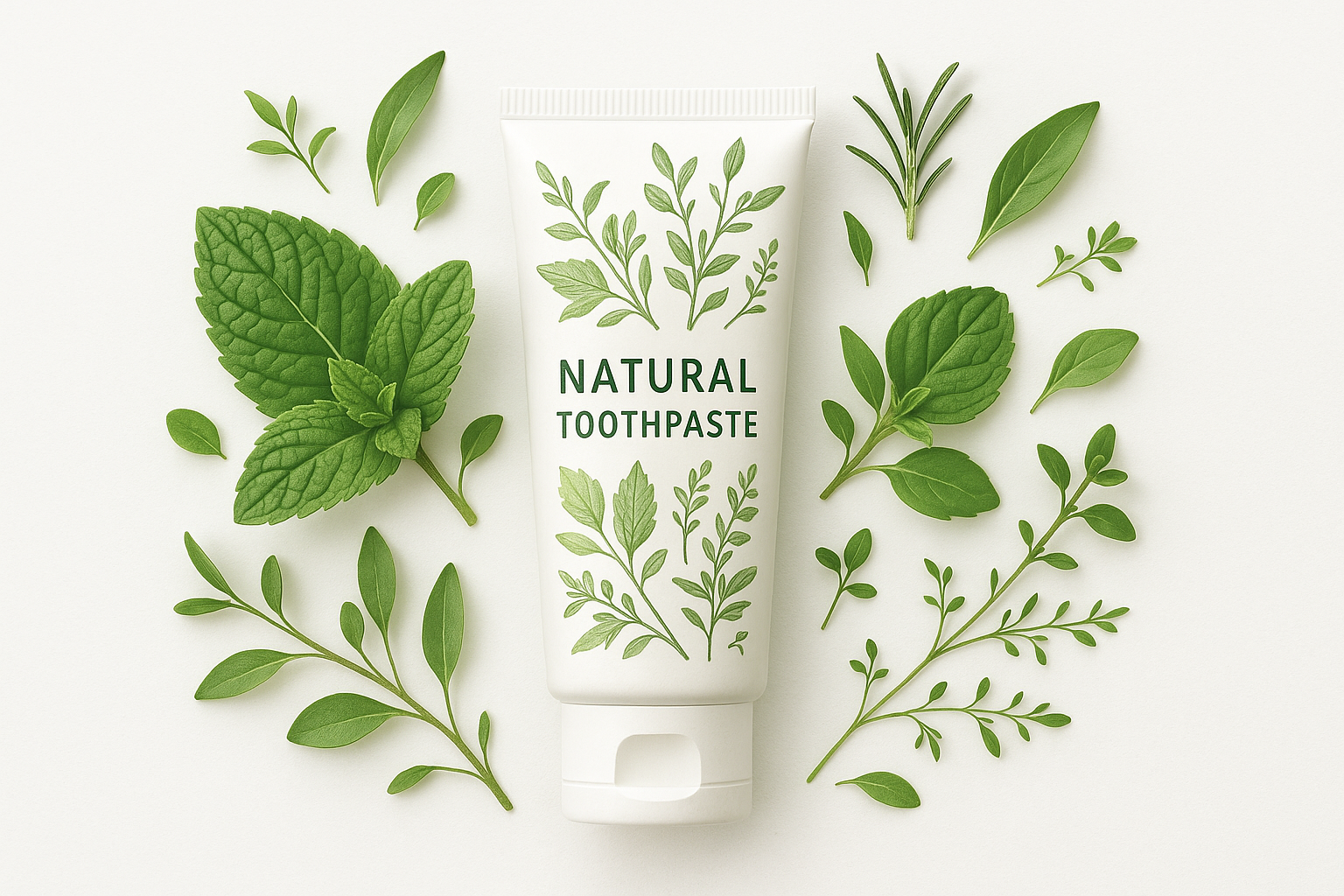











































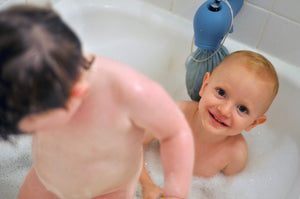


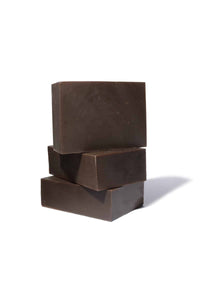
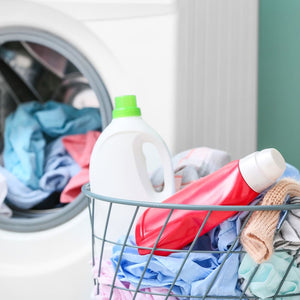
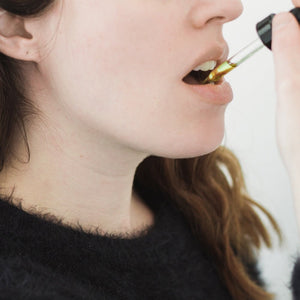
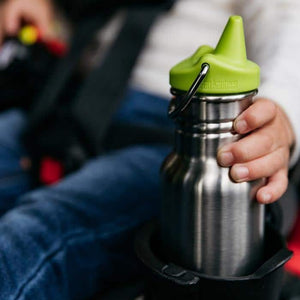
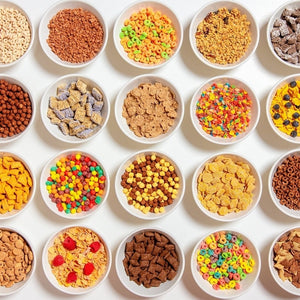
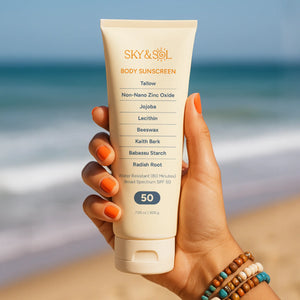

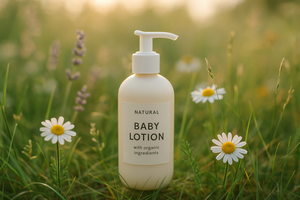

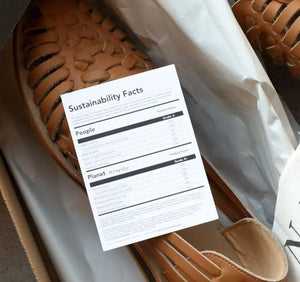

170 comments
jewls567
Thank you so much for updating the Toothpaste Guide, I really appreciate the great options and variety of choices listed!
I noticed Dr. Brite toothpaste was not in the list as well as the Hello brand. Curious where you would rank these brands based on their ingredients below? I appreciate any feedback you might be able to provide, thank you very much! - Dr Brite Whitening Toothpase Ingredients: aloe barbadensis (aloe vera) leaf juice, vegetable glycerin (soy free), hydroxyapatite (mineral), hydrated silica (mineral), xylitol, calcium carbonate (mineral), organic cocos nucifera (coconut oil), mentha piperita (peppermint oil), mentha spicata (spearmint leaf oil), mentha arvensis (menthol crystals), potassium cocoate (from coconut oil), sodium cocoyl isethionate (from coconut oil), calcium ascorbate (vitamin c), melaleuca alternifolia (tea tree leaf oil), xanthan gum (thickener), stevia rebaudiana leaf/stem extract, citrus aurantium dulcis (orange peel oil), citrus limon (lemon peel oil), azadirachta indica (neem extract), activated (coconut charcoal), illicium verum (anise extract), sodium chlorite -Hello Activated Charcoal Toothpaste Ingredients: sorbitol (humectant), hydrated silica (polishes and cleans teeth), vegetable glycerin (soothes and moisturizes), xylitol (sweetener), purified water, charcoal powder (whitens, polishes and cleans teeth/ freshens breath), flavor (freshens breath), xanthan gum (thickener), titanium dioxide (mineral), cocamidopropyl betaine (cleanser), sodium cocoyl glutamate (cleanser), coconut oil (soothes and moisturizes), potassium sorbate (maintains stability), stevia rebaudiana leaf extract* (sweetener).evonnei
Thanks for the updated list. What about the brand Hello?
Jillian Rubel
Thanks for this, Maia! I’m curious if you’ve taken a peek at FYGG (Feed Your Good Guys) as an HA toothpaste, allegedly even cleaner than Risewell and Boka. Thanks!!!
naruto137
Hi there! It seems like the Burt’s bees kids has been discontinued and wonder what you recommend now for a fluoride toothpaste?
Coriena
Hey Maia,
I hope you update this one soon. We were avoiding fluoride completely and were following the Weston A Price diet, but then I got my first cavities at age 30 and my daughter has had some bad cavities and my opinions on fluoride changed. I’m still trying to figure out the best ways to use fluoride and the best amounts. We’re using the more natural fluoride toothpastes, but they still have funky foaming agents—Sprinjene, Hello, and The Natural Dentist are the brands we’ve been using. I’m assuming they’d be sneaky stuff… We’ve also tried OraWellness tooth powder which seems good. Thanks for your guides!